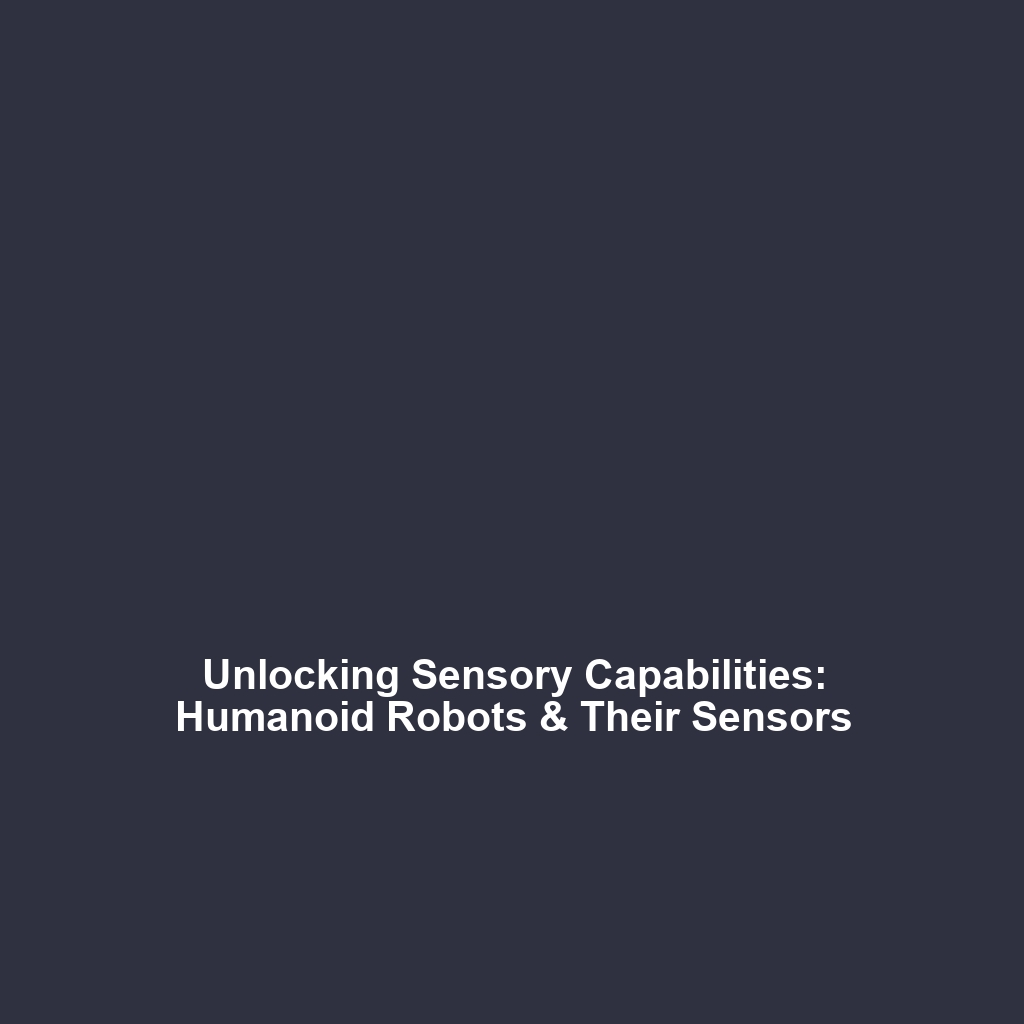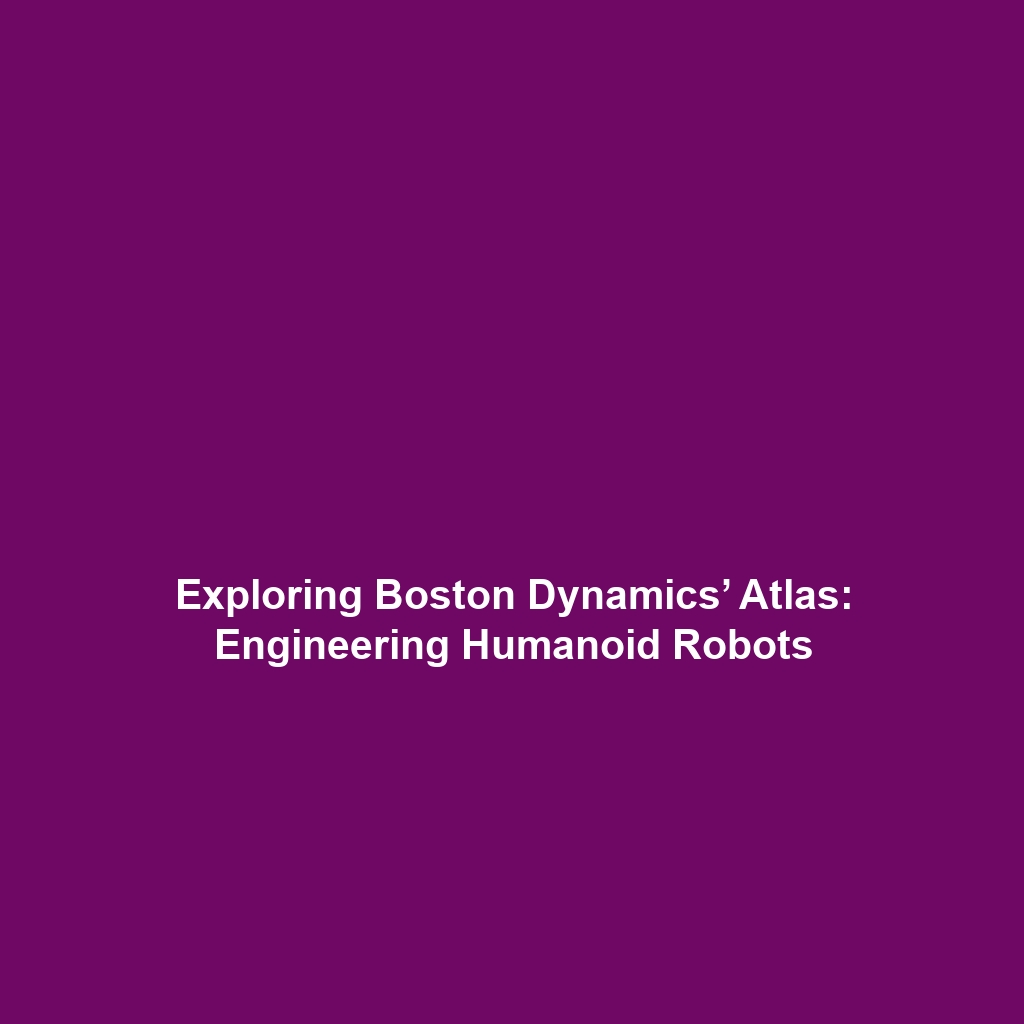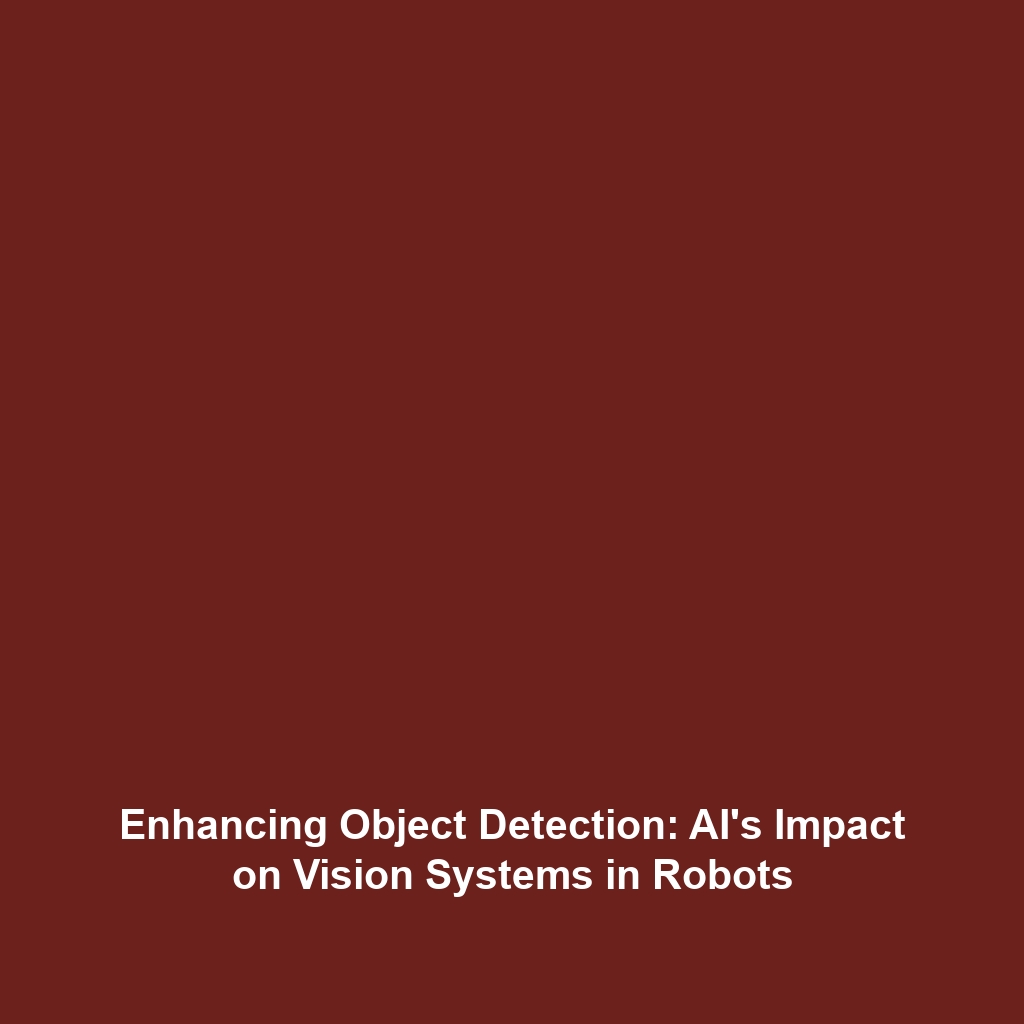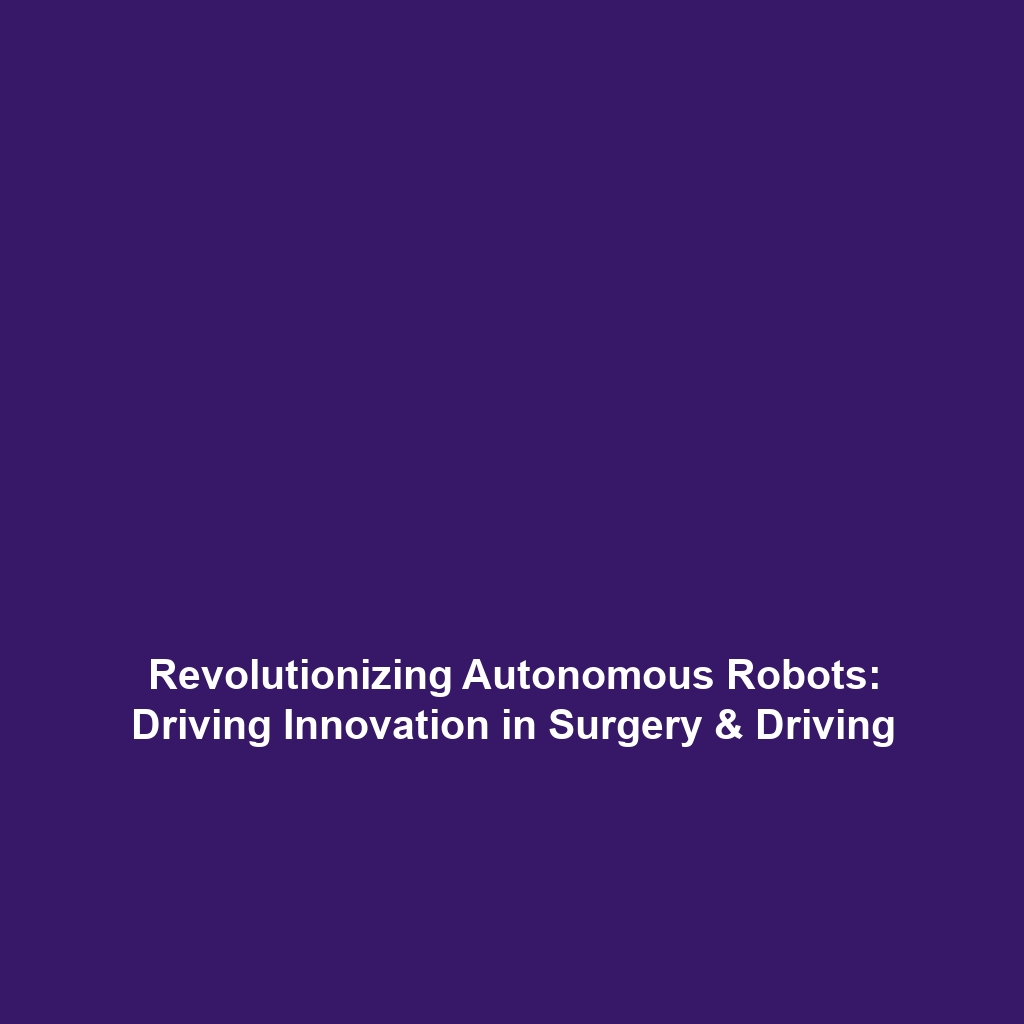Sensory Capabilities of Humanoid Robots
The development of humanoid robots has revolutionized the field of robotics, particularly through enhancing their sensory capabilities. By utilizing advanced sensors such as cameras and microphones, these robots can perceive and interact with their environments in increasingly sophisticated ways. This article delves into the significance of these sensory systems, exploring how humanoid robots process information and engage with the world around them.
Key Concepts
Understanding the sensory capabilities of humanoid robots is crucial for recognizing their role in modern robotics. The following concepts highlight how these systems fit within the broader category of humanoid robots:
1. Sensor Types
Humanoid robots employ various sensors to enhance their interaction with the environment:
- Cameras: Enable visual perception, allowing robots to interpret images and navigate through visual cues.
- Microphones: Facilitate auditory perception, enabling robots to recognize speech and environmental sounds.
- Touch Sensors: Provide a sense of touch, essential for physical interaction with objects.
2. Sensor Fusion
Humanoid robots integrate data from multiple sensors to improve decision-making processes. Sensor fusion enhances perception accuracy and aids in complex interactions, ensuring a more comprehensive understanding of their environment.
Applications and Real-World Uses
The sensory capabilities of humanoid robots significantly influence numerous sectors. Here are some notable applications:
1. Healthcare
Humanoid robots equipped with sensory technologies assist healthcare professionals by:
- Monitoring patient conditions through visual analytics.
- Communicating clearly with patients using speech recognition.
2. Customer Service
In retail environments, humanoid robots interact with customers, answering inquiries and guiding shoppers, showcasing how sensors are used in humanoid robots to enhance service efficiency.
3. Education
Humanoid robots in classrooms provide personalized learning experiences, adapting to students’ needs through sensory feedback.
Current Challenges
Despite advancements, several challenges persist in utilizing sensory capabilities within humanoid robots:
- Data Processing Limitations: The integration and interpretation of vast sensory data remain a challenge.
- Environmental Variability: Humanoid robots often struggle in unpredictable environments.
- Cost of Technology: High costs limit the widespread adoption of advanced sensory technology.
Future Research and Innovations
Looking ahead, the evolution of sensory capabilities in humanoid robots points toward exciting innovations:
- Artificial Intelligence (AI) Enhancements: AI will improve robots’ ability to learn from their environment.
- Miniaturized Sensors: Next-gen sensors are projected to be smaller yet more effective.
- Advanced Machine Learning: Future robots will utilize sophisticated algorithms to enhance their sensory data interpretation.
Conclusion
The investigation into the sensory capabilities of humanoid robots reveals their transformative impact on both the field of robotics and various industries. As we continue to innovate, the potential for these robots to interact seamlessly with humans will only grow. For further insights, explore our articles on robotics advancements and technology in humanoid robots.



